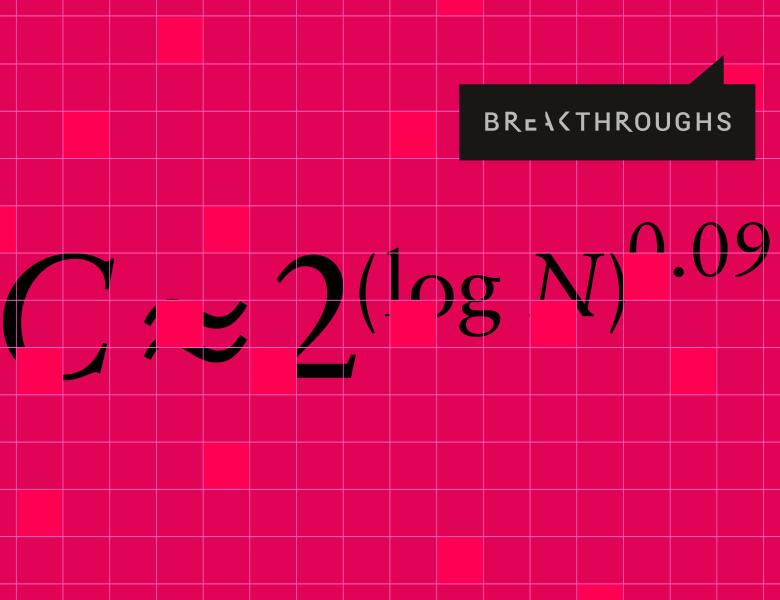
Abstract: Suppose you have a set \( S \) of integers from \( \{1,2,…,N\} \) that contains at least \( N / C \) elements. Then for large enough \( N \), must \( S\) contain three equally spaced numbers (i.e., a 3-term arithmetic progression)?
In 1953, Roth showed that this is indeed the case when \( C \approx (\log \log N) \), while Behrend in 1946 showed that \( C \) can be at most \( 2^{\Omega(\sqrt{\log N})} \). Since then, the problem has been a cornerstone of the area of additive combinatorics. Following a series of remarkable results, a celebrated paper from 2020 due to Bloom and Sisask improved the lower bound on \( C \) to \( C = (\log N)^{(1+c)} \), for some constant \( c > 0 \).
This talk will describe a new work showing that the same holds when \( C \approx 2^{(\log N)^{0.09}} \), thus getting closer to Behrend’s construction.
Based on joint work with Zander Kelley.
All scheduled dates:
Upcoming
No Upcoming activities yet


